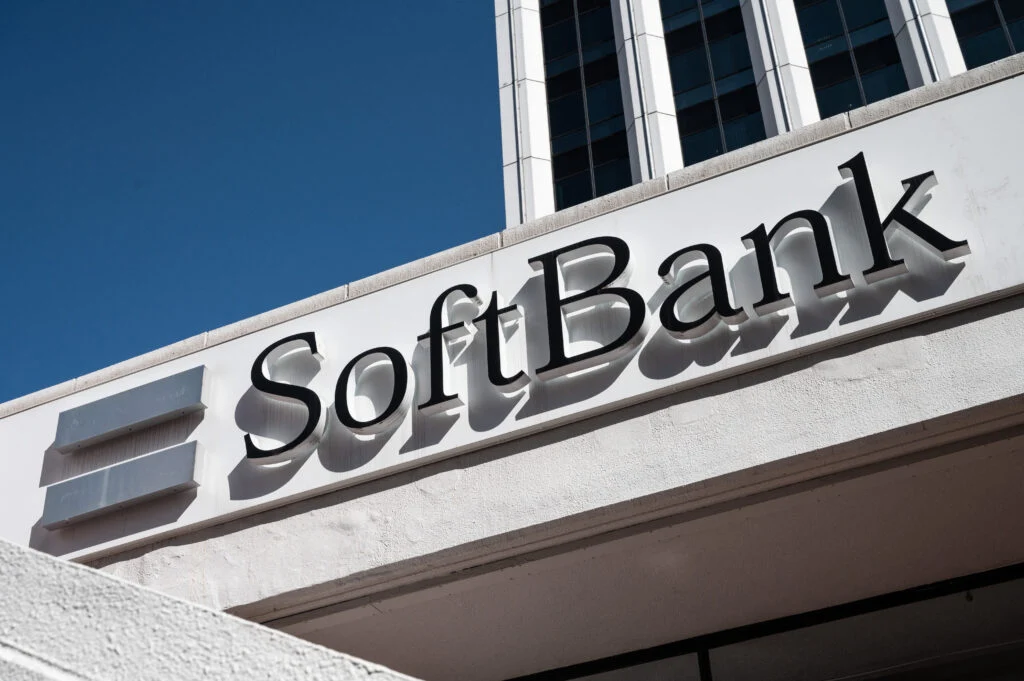Key Takeaways
1. TSMC’s investment in Arizona has increased from $165 billion to a potential $300 billion due to tariff concerns.
2. Discussions about TSMC acquiring Intel occurred, but the US decided against pushing for this buyout.
3. The initial $165 billion investment covers only 7% of the chip demand from US companies like Apple.
4. A 20% tariff on semiconductors from Taiwanese foundries is expected to be announced soon, prompting TSMC’s increased investment.
5. TSMC aims to produce at least 30% of its global 2nm manufacturing in Arizona and is not moving forward with the Intel acquisition.
After the announcement that the tariffs imposed by the Trump administration on chip imports might put TSMC’s $165 billion investment in a 2nm/3nm process foundry in Arizona at risk, the company appears to be facing an even bigger financial commitment.
Increased Investment Amount
Trump has stated that TSMC’s investment in the US will now be no less than $300 billion, which is nearly two times what they had previously promised. However, this amount still falls short of a rumored Intel buyout that US officials purportedly wanted TSMC to pursue.
Industry Insights
Ming-Chi Kuo, a well-known analyst from Taiwan who accurately forecasted the A18 Pro chipset for the iPhone 16 Pro Max, has confirmed that discussions about TSMC acquiring Intel did take place. Nevertheless, the US decided not to push forward with this request after understanding the real challenges Intel is facing.
Instead, it seems that TSMC will now need to invest around $300 billion into its production facilities in Arizona. So far, the company has announced investments totaling $165 billion, which, according to Treasury Secretary Scott Bessent, would only cover about 7% of the modern chips that US companies like Apple actually require.
Future Expectations
This percentage is expected to increase substantially if TSMC truly commits $300 billion to direct investments in the US, as a strategy to avoid a 20% tariff on semiconductors produced in its Taiwanese foundries. This tariff is anticipated to be announced next week. If the White House had indeed required TSMC to acquire Intel along with this investment, the chipmaker would face a staggering $565 billion commitment in the US, which seems rather improbable.
According to Kuo, given Trump’s usual approach, the most likely scenario is that TSMC will negotiate to lower the initial high demands for tariffs and investments set at the beginning of discussions.
Nonetheless, TSMC has ambitious plans for Arizona, aiming to produce at least 30% of its global 2nm manufacturing there and plans to create even more advanced nodes in the future. It is important to note that TSMC is not going forward with buying Intel, even though the foundry plays a significant role in US trade talks with Taiwan.
Source:
Link











